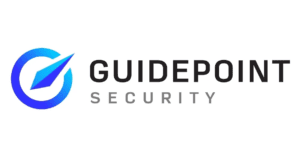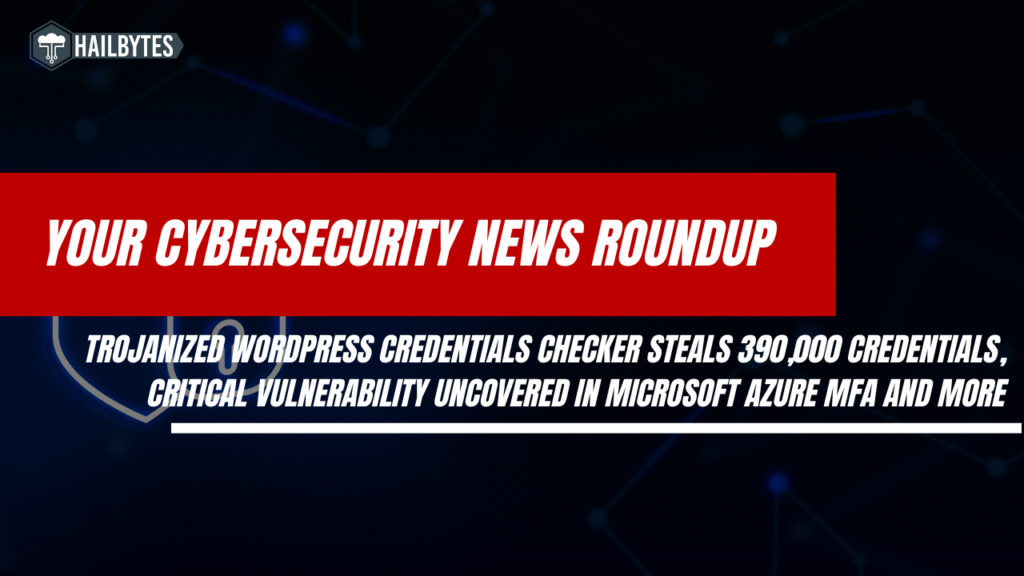

Fast. Secure. Scalable.
Deploy Production-Ready Cloud Security in Minutes
Enhance your cybersecurity with tools that simulate phishing attacks for training, ensure secure browsing, and fortify your network against threats.

Hailbytes on AWS
Our instances provide seamless integration with AWS, rapid deployment, and top-notch customer support.
Who Uses Our Software?







































































Our software is easy to use, dependable and comes fully supported by Hailbytes.

Get The Latest Cyber News
(You can unsubscribe at any time)
Cybersecurity News

Italy Fines OpenAI €15 Million, Cyberattack on Texas Tech Health Sciences Centers: Your Cybersecurity Roundup
Italy Fines OpenAI €15 Million, Cyberattack on Texas Tech Health Sciences Centers: Your Cybersecurity Roundup Italy Fines OpenAI €15 Million for GDPR Violations in ChatGPT Data Handling Italy’s data protection authority, the Garante, has imposed a €15 million ($15.66 million) fine on OpenAI for violating the European Union’s General Data

Trojanized WordPress Credentials Checker Steals 390,000 Credentials, Critical Vulnerability Uncovered in Microsoft Azure MFA: Your Cybersecurity Roundup
Trojanized WordPress Credentials Checker Steals 390,000 Credentials, Critical Vulnerability Uncovered in Microsoft Azure MFA: Your Cybersecurity Roundup Trojanized WordPress Credentials Checker Steals 390,000 Credentials in MUT-1244 Campaign A sophisticated threat actor, tracked as MUT-1244, has executed a large-scale campaign over the past year, successfully stealing over 390,000 WordPress credentials. This
Apple Faces Lawsuit Accusing It of Spying on Employees, Solana Web3.js Library Compromised in Supply Chain Attack: Your Cybersecurity Roundup
Apple Faces Lawsuit Accusing It of Spying on Employees, Solana Web3.js Library Compromised in Supply Chain Attack: Your Cybersecurity Roundup Apple Faces Lawsuit Accusing It of Spying on Employees Apple has found itself at the center of a new controversy, with a lawsuit alleging that the company engages in surveillance



